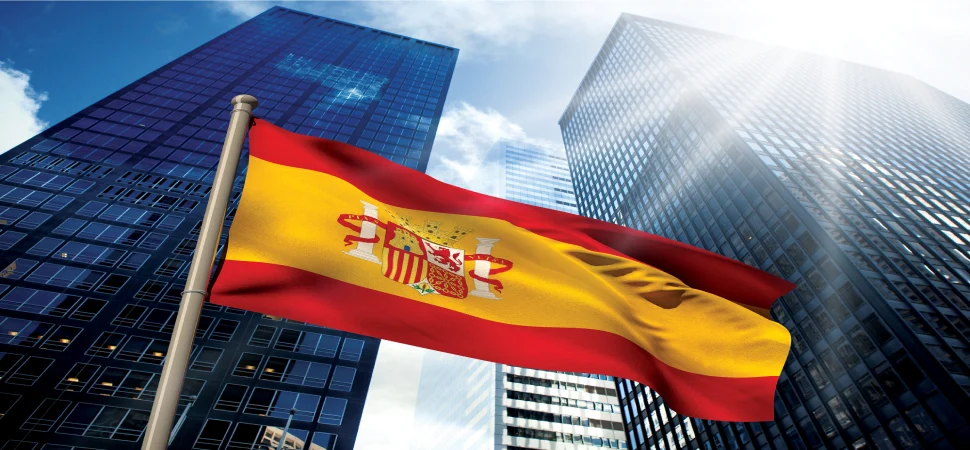16.11
Share Article5 trends shaping the economy of the future
Five real megatrends that could determine the development of the global economy in the next five years or decade. Let's better understand what we are talking about.
Trend 1: A more fragmented world
Not only a more fragmented world, but also a more compact West and a more integrated European Union with more shared responsibilities. The scenario opened up in the center of Europe, with the risk of a new Cold War (and a smaller but not negligible risk of a wider hot war), could lead to a split between one part of the Western, democratic world and another, Eastern, autocratic one, which would end globalization in its current form.
In such a scenario - an "extreme" scenario - international trade would continue to cross borders, yes, but with a virtual end to the path of integration. Thus, in the next ten years, "short-shoring" would gain momentum as supply chains would increasingly be brought "inward".
However, such a scenario implies a certain downward pressure on economic growth and, conversely, inflationary pressures higher than in past decades.
On the other hand, geopolitical tensions call for a stronger and more stable European Union.
Trend 2: More money for defense and green transition
After Russia's invasion of Ukraine, several EU countries announced an increase in defense spending. Private companies operating in this sector may benefit from this, especially in the context of a new cold war. On the other hand, the so-called "peace dividend" that has allowed many industries to thrive in the post-World War II period could take resources and investment away from other industries, which would not be good for potential growth.
Not only that. The war in Ukraine is pushing Europe to reduce its dependence on energy imports from Russia. In the interest of a "green" transition. But during that transition, a range of measures will need to be taken to fill the gaps in energy supply. Within this framework, as you can imagine, energy efficiency will be a central theme, and capital flows and investments can benefit those companies that will increasingly create decisive technologies and solutions in the coming years.
But beware: the green transition could itself cause prices to rise. Just think of the amount of industrial metals like nickel and cobalt without which the electrification of Western societies is impossible. And already there are those who talk about "green inflation".
Trend 3: The aging workforce
In recent decades, outsourcing to regions with cheaper labor has become a cornerstone for many companies seeking higher profits. The massive wave of outsourcing has played a very important role in the expansion of the middle class in China and other Asian countries and, conversely, in the erosion of the middle class in the West.
However, the turn of events casts a shadow on this megatrend as well: outsourcing will usually be answered by "almost outsourcing", with all the price implications that entails. Automation and robotization may counter this outbreak. But overall, the transition may not be entirely painless.
Trend 4: ESG beyond environmentalism
Until now, global sustainable development programs and goals have been dominated by environmental concerns and combating climate change. Social and governance aspects are now expected to increase in importance, driven by a scenario in which operating in the new "big countries", including China, raises a range of human rights and governance issues.
Not only that: the Covid-19 pandemic has also brought to the surface the flaws and weaknesses of some major Western economies. For this reason, as well as the war in Ukraine, attention to issues of good governance seems to be increasing. Overall, as awareness and attention increases, companies will have no choice but to integrate sustainability into their strategies and business models.
Trend 5: Central banks regain their powers
Increasing inflation will force central banks to pay much more attention to their original price stability mandate. This means that interest rates in both the U.S. and the eurozone could soon rise to levels last seen a decade ago, if not more. But how long will rates stay high? That will depend on how sustainable inflationary pressures prove to be.
Current megatrends: how to invest?
Against the backdrop of the pandemic and the war in Ukraine, one thing is certain: these two "black swans" will have long-term implications for companies and those who invest in them. How to navigate? The recommendations remain the same:
- stick to your investment plan, which should always be viewed over the medium to long term, not "Monday to Tuesday";
- invest your savings, perhaps a little at a time, in PACs, as this is the only way to protect them from the ravages of inflation;
- consult a trusted financial advisor before taking any step, no matter how prudent it may seem to you.
Even in difficult times, there is no shortage of opportunities. And, as a rule, they are very interesting: it is a pity to miss them by improvising "for yourself".


Reviews